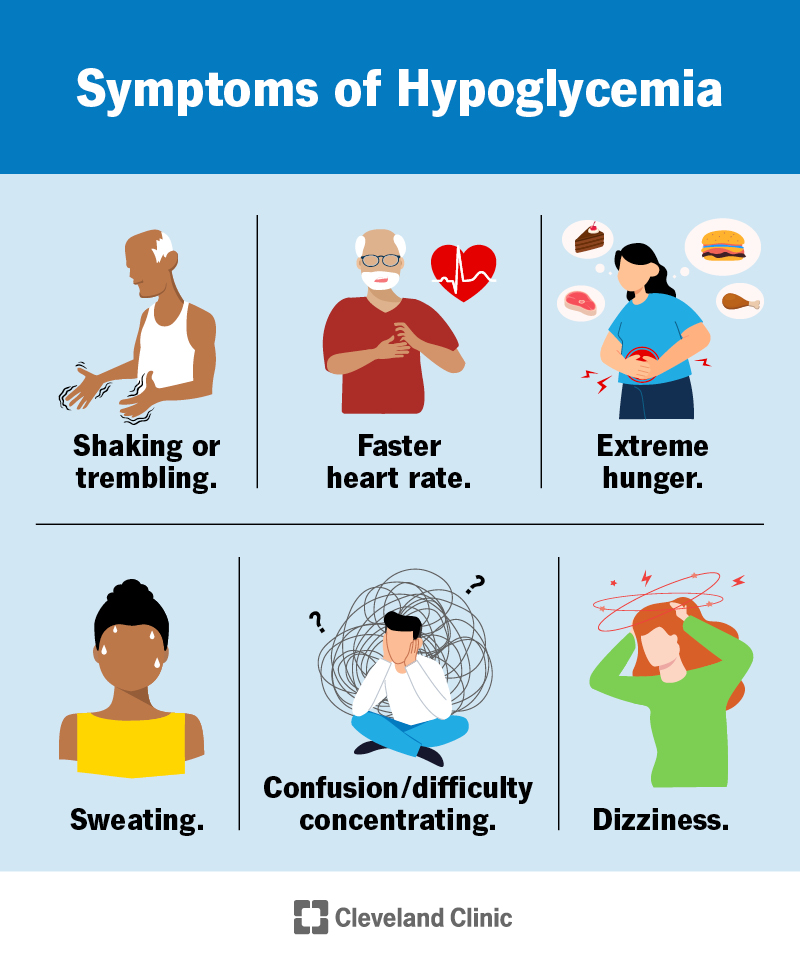A nurse in a provider’s office is collecting data from an older adult client who has type 2 diabetes mellitus. Which of the following findings is a manifestation of hyperglycemia?
Random blood glucose 126 mg/dL
History of poor wound healing
Report of decreased urinary output
Clammy skin
The Correct Answer is B
Choice A Reason:
A random blood glucose level of 126 mg/dL is not typically indicative of hyperglycemia. Hyperglycemia is generally defined as a blood glucose level above 180 mg/dL. A level of 126 mg/dL is closer to the threshold for diagnosing diabetes but does not necessarily indicate hyperglycemia.
Choice B Reason:
A history of poor wound healing is a common manifestation of hyperglycemia. High blood sugar levels can impair the body’s ability to heal wounds by affecting blood flow and the function of immune cells. This can lead to prolonged wound healing times and an increased risk of infections.
Choice C Reason:
Decreased urinary output is not a typical symptom of hyperglycemia. In fact, hyperglycemia often causes increased urinary output (polyuria) due to the body’s attempt to excrete excess glucose through urine. Decreased urinary output could be indicative of other conditions, such as dehydration or kidney issues.
Choice D Reason:
Clammy skin is more commonly associated with hypoglycemia (low blood sugar) rather than hyperglycemia. Hypoglycemia can cause symptoms such as sweating, shakiness, and clammy skin due to the body’s response to low blood sugar levels. Hyperglycemia, on the other hand, does not typically cause clammy skin.
Nursing Test Bank
Naxlex Comprehensive Predictor Exams
Related Questions
Correct Answer is D
Explanation
Choice A Reason:
Primary hyperparathyroidism is characterized by elevated PTH levels, which lead to increased serum calcium levels and decreased serum phosphate levels. The patient’s lab results show low PTH and low serum calcium, which are not consistent with primary hyperparathyroidism.
Choice B Reason:
Chronic kidney disease (CKD) can cause disturbances in calcium and phosphate metabolism, but it typically presents with elevated PTH levels due to secondary hyperparathyroidism. The patient’s low PTH levels make CKD an unlikely diagnosis in this context.
Choice C Reason:
Vitamin D deficiency can lead to low serum calcium levels, but it usually results in elevated PTH levels as the body attempts to compensate for the low calcium. The patient’s low PTH levels do not align with a diagnosis of vitamin D deficiency.
Choice D Reason:
Hypoparathyroidism is characterized by low serum calcium, low PTH levels, and elevated serum phosphate levels. This condition occurs when the parathyroid glands do not produce enough PTH, leading to the observed lab results and symptoms such as tingling, muscle cramps, and fatigue. The patient’s lab results are consistent with hypoparathyroidism.
Correct Answer is D
Explanation
Choice A Reason:
Warm and moist skin is not a typical manifestation of hypoglycemia. Instead, hypoglycemia often causes symptoms such as cold, clammy skin due to the body’s response to low blood sugar levels. Warm and moist skin can be associated with other conditions, such as hyperthyroidism or fever, but not hypoglycemia.
Choice B Reason:
A decreased appetite is not a common symptom of hypoglycemia. In fact, hypoglycemia can sometimes cause increased hunger as the body signals the need for more glucose. Symptoms of hypoglycemia are more related to the body’s immediate response to low blood sugar, such as shakiness, sweating, and confusion.
Choice C Reason:
Increased thirst is a symptom more commonly associated with hyperglycemia (high blood sugar) rather than hypoglycemia. When blood sugar levels are high, the body tries to eliminate excess glucose through urine, leading to dehydration and increased thirst. Hypoglycemia, on the other hand, does not typically cause increased thirst.
Choice D Reason:
Feeling shaky is a classic symptom of hypoglycemia. When blood sugar levels drop, the body releases adrenaline, which can cause shakiness, sweating, and a rapid heartbeat. Recognizing this symptom is crucial for individuals with diabetes to take immediate action to raise their blood sugar levels and prevent severe hypoglycemia.

Whether you are a student looking to ace your exams or a practicing nurse seeking to enhance your expertise , our nursing education contents will empower you with the confidence and competence to make a difference in the lives of patients and become a respected leader in the healthcare field.
Visit Naxlex, invest in your future and unlock endless possibilities with our unparalleled nursing education contents today
Report Wrong Answer on the Current Question
Do you disagree with the answer? If yes, what is your expected answer? Explain.
Kindly be descriptive with the issue you are facing.
